
Nuclear tragedy finds a human face in Fukushima
The everyday effects of radiation borne by survivors of the 2011 Fukushima disaster in Japan add up today to an involuntary experiment with public health, community life and environmental affairs.
An ecumenical conference, called to listen to local residents, found that last year’s chain reaction of earthquake, tsunami and nuclear calamity has generated a “live” human tragedy, across a province, with no end in sight.
The Geiger counters that priests and parishioners pull out of their pockets like cell phones made the local anxieties and fears real for their visitors.
“I cannot tell my children that there will be something good if they live,” one mother told a Buddhist priest. “A middle-aged man committed suicide in the temporary housing. Tomorrow it might be me.” The priest, the Rev. Daiki Nakashita, told her story to the Inter-Religious Conference on Nuclear Issues organised by the National Christian Council in Japan in December 2012.
“The figure is surprising when we check the radiation around the house,” another woman told Nakashita. “My husband wants to have children, but I think we cannot raise children in Fukushima anymore.”
The science in play is not fiction. Children are growing up forbidden to play outdoors, young women worry that no one will want to marry them, a mother tests her rice harvest to see if she can share it with her children, families are paying off loans on radioactive homes they will never use. These are the kind of stories heard every day at a parish radiation information centre in Aizu Wakamatsu, Japan.
The centre is one of many signs that citizens are not receiving full and reliable information about risks to their health. They blame government and power company officials, starting with the haphazard evacuation plans that exposed many to radiation when the disaster began.
Tohoku HELP, an ecumenical project which includes the United Church of Christ in Japan, runs food radiation measurement centres in disaster-stricken communities. Besides testing food and farm produce, the project also measures radiation levels in breast milk and urine, a service not readily available to many residents. Counsellors and chaplains are available to assist the people who come in for testing.
“We cannot get correct information about exposure to radiation…but, if we say so, then we are the ones criticised by others who want to believe that Fukushima is safe,” one survivor said.
“The most serious issues are divorce, suicide, domestic violence and violence in general. Radiation damaged not only our bodies, but also the relationships in our families and communities,” said another survivor.
The conference concluded that “there is no safe use of nuclear power, no safe level of exposure to radiation, and no compatibility between nuclear power, life and peace.” Speakers noted that the official fumbling is reminiscent of other nuclear disasters, like Chernobyl, and that the health risks and the stigma suffered by survivors are reminders of Hiroshima.
Hoping for a nuclear-free world
Christian and Buddhist clergy, as well as laypersons, told the 87 conferees from Asia, Europe and North America of their struggle to support families and communities, to cope with the disaster themselves and to challenge the official disaster response.
Conference participants resolved to initiate discussions in faith communities about “civilian and military uses of nuclear energy”, and to develop plans of action “including lifestyle changes”.
The conference began in the city of Koriyama, 100 kilometres from the Fukushima Daiichi nuclear plant and well beyond the official disaster exclusion zones. Radiation hotspots there—created when a reactor building exploded and contamination was spread by prevailing winds—are as dangerous as areas in the town nearest to the nuclear plant.
Radiation leaking from the damaged power plants has laid bare national policies and economic choices that have long gone unquestioned in Japan. “Please imagine!” one man told a priest. “A rural town, where there were no jobs, no money and no industries, was able to receive a chunk of money suddenly just by welcoming the construction of nuclear power plants.”
Fukushima’s fate puts a human face on the actual risks and consequences of nuclear energy use in Japan, and anywhere, the conference showed.
“We Japanese committed a serious sin against our Creator and our children’s future,” said Terumi Kataoka, a parishioner who directs the parish radiation center in Aizu Wakamatsu. “We do not have the luxury of a reprieve any longer.”
Kataoka fled early in the disaster to a safer part of Japan but later returned. She said, “We realised that we couldn’t be selfish and couldn’t close this church. We had to stay and help others who were escaping the disaster, too.”
“We are all here to help build a nuclear-free world together,” she told the conference.
The conferees pledged “to pray for and with the people of Fukushima and other communities suffering the harms caused by nuclear power” and to send the conference’s final statement to next year’s WCC Assembly in Busan, Republic of Korea.
Jonathan Frerichs is WCC program executive for peace building and disarmament. He is a member of the Evangelical Lutheran Church in America.
More information on WCC project “Churches engaged for nuclear arms control”







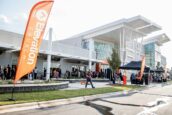
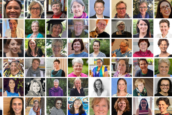


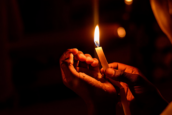

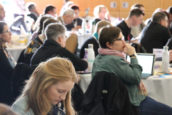

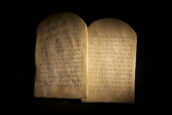

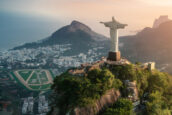
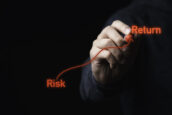

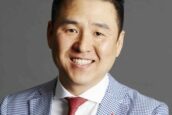
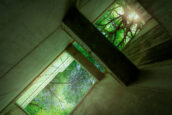
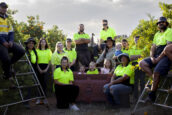
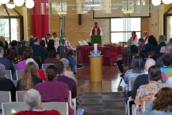
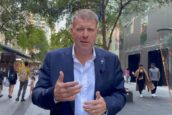




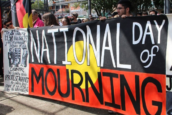


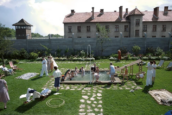





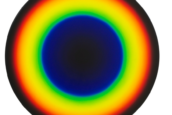
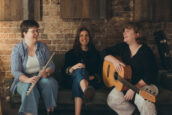
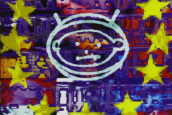






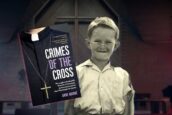
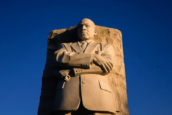



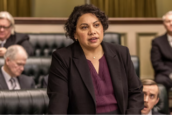







3 thoughts on “Nuclear tragedy finds a human face in Fukushima”
Pingback: National Christian Council finds nuclear power incompatible with life and peace « nuclear-news
Pingback: Japanese waking up to the false economics of nuclear power « nuclear-news
Pingback: Christian conference highlights the social tragedy of Fukushima « nuclear-news.info